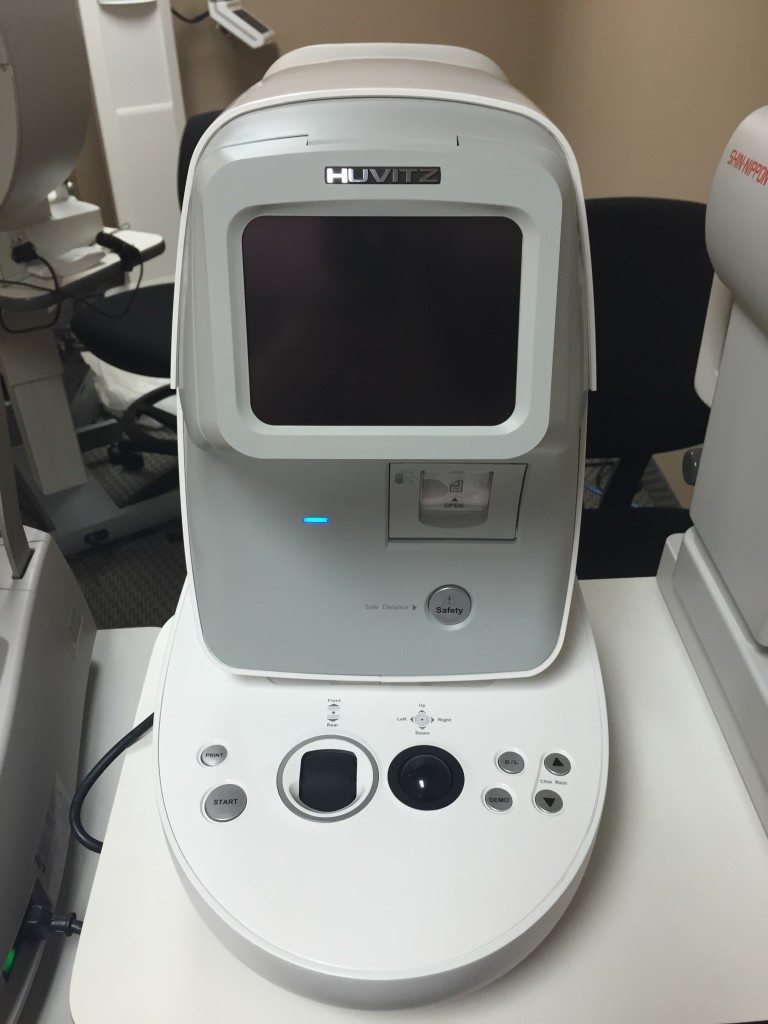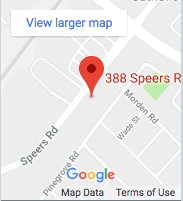Presbyopia isn’t as scary as it sounds; it’s simply the technical term for farsightedness, a common change that happens to our eyes around the age of 40. Here’s some information about presbyopia and the treatment options available.
What is Presbyopia?
Presbyopia happens when the lens of the eye starts to lose its flexibility to focus and that limits our ability to focus clearly on objects up close. If you have begun to notice that your vision is blurring while reading, using the computer or doing close work, that’s presbyopia.
This age-related condition affects everyone to a greater or lesser degree and, unfortunately, it’s not a one-time change. Over time your eyes will continue to get more and more farsighted and, as they do, your eyewear will need to be changed, too.
Treatment of Presbyopia
People who already wear eyeglasses for distance vision will need to have their prescription changed to accommodate presbyopia. Bifocal or progressive lenses are the usual choice in this case. Multifocal glasses will help you to improve both your near and far vision by looking through different parts of the lenses.
If you don’t currently wear glasses, you may simply need a pair of reading glasses.
Contact Lenses
If you currently wear contact lenses, the simple solution for farsightedness is a pair of reading glasses that can be worn with your contacts when you need them. You can also get multifocal contact lenses that work in a similar way to multifocal eyeglasses. These are available as soft lenses or rigid gas permeable lenses.
Your eye doctor may also suggest that you try contact lens correction with monovision. This technique calls for one eye to be given a contact lens for near sight and the other eye a contact lens for far sight. The brain balances the images, using one or the other eye for clarity at all ranges. Monovision can be a great solution for some people but it takes some getting used to.
LASIK Surgery
If you opt for laser surgery, there is a procedure called PresbyLASIK, in which an excimer laser is used to create a multifocal ablation on the cornea that corrects vision at multiple distances, much like multifocal glasses or contact lenses.
Laser surgery can also be done on one eye to create monovision. One eye is corrected for near vision and the other eye is left the same to be used for distance vision.
Intraocular Lens (IOL) Surgery
Those undergoing cataract surgeries can choose presbyopia-correcting intraocular lens implants to attain clear vision. A monofocal lens is implanted in the eye and offers fixed vision at one distance only. Generally, eyeglasses or contact lenses are also needed to read, use a computer or view mid-range objects clearly.
Premium lenses include multifocal IOLs and accommodating IOLs, so-called because they move to accommodate different ranges of vision.


